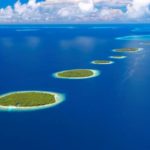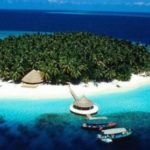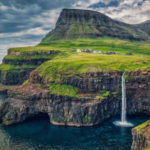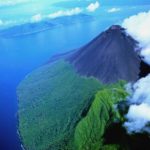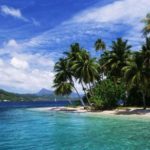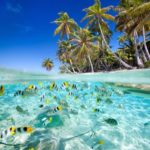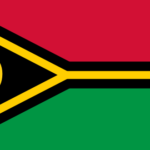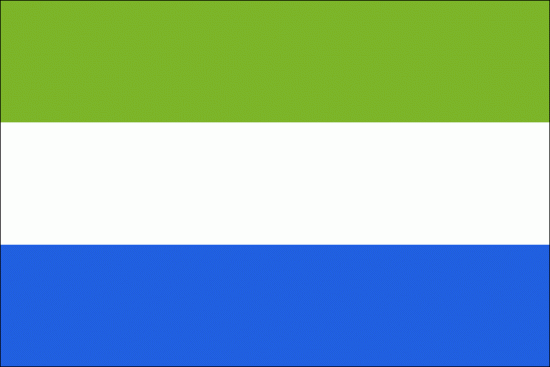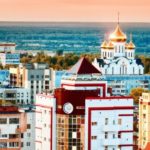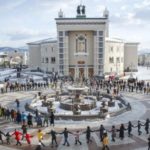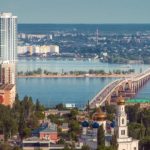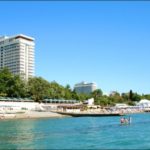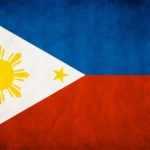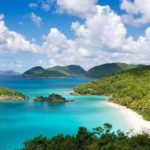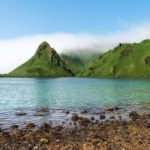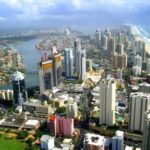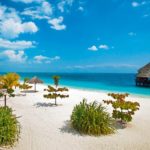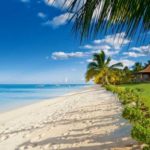Cape Verde
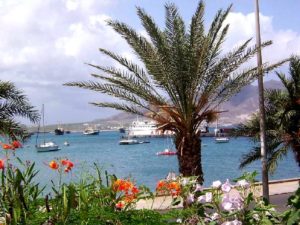 Even 500 years ago, Cape Verde was perceived as a synonym for the slave trade, hunger, exile, going into oblivion. But what is Cape Verde at all? A country? Rather, it is an idea. The archipelago is made up of very different islands – sand hills, trades of land, tormented by trades, bizarre volcanic formations. The largest city in the country, it is the capital – the city of Praia. Form of government – presidential republic.
Even 500 years ago, Cape Verde was perceived as a synonym for the slave trade, hunger, exile, going into oblivion. But what is Cape Verde at all? A country? Rather, it is an idea. The archipelago is made up of very different islands – sand hills, trades of land, tormented by trades, bizarre volcanic formations. The largest city in the country, it is the capital – the city of Praia. Form of government – presidential republic.
The archipelago is distinguished by a mild climate, an almost unchanged average annual temperature, which lasts all year round at 25 degrees Celsius and little rainfall. And each of the islands is unique in nature and landscape.
Cape Verde is located at the intersection of paths between Europe, Africa and America, 620 km. from the west coast of Africa. And the city of Ribeira Grande for 150 years played a terrible and brilliant role in world trade.
The first to discover this group of islands in the breadth of modern Senegal during an expedition sent for new discoveries to the West African coast were the ships under Portuguese flags. Which landed on the archipelago of 1446 under the command of Diogo Gomes and Diogo Afonso. On the southern island of Santiago, at the spurs in a vast valley, they found the perfect place for the pier, water, and the complete absence of human souls that could interfere with future settlement. It was enough for the first European capital to the south of the Sahara sands to appear in the expanses of the Atlantic. Brilliant from a geopolitical point of view, a decision that, also at the end of the 15th century, contributed to the picture of changing the world.
Today, only a lone pillar in front of a calm port reminds of slaves who were brought here from the West African coast and transferred to other ships for further travel to a distant continent. But some of them remained on the islands.
And they remained as workers on the Ribeira Grande plantations, as “girlfriends” for Portuguese soldiers and officials stationed there. And thanks to this state of affairs, a completely new culture emerged in the struggle of European countries for trafficking in people, gold, coffee and sugar cane: the Creole, the product of the merger of black Africans and white Portuguese. First Creole community.
Ribeira Grande in the 18th century, after a series of unceremonious pirate attacks, lost its key meaning, becoming Cidadi Velha, the “Old Town”. Only one fort remained, which was unable to protect the people, the ruins of the once magnificent cathedral, as well as poverty and hunger. But the Creole culture survived, in language, in music, in people. Their struggle for survival has scattered them across other islands, across Europe and around the world. So Cape Verde was the beginning of a long journey, the birthplace of unique Creole music.
Today, Cape Verde is a unitary state. Main cities: Praia, Mindelu, San Filipe. The head of state and commander in chief of the armed forces is the president, who is elected for a five-year term in general elections by direct vote. The highest legislative body is the National Assembly. Here, people feel quite full members of society, regardless of their financial situation. Maybe that’s why their carnivals are so colorful.
Today, Cape Verde is a beach, surfing and “sodade” – music for the soul, these are perhaps the main associations that arise with respect to the islands of Cape Verde. The sun is 350 days a year, temperatures between 20 and 30 degrees. And it sounds like paradise.
Probably not in vain, the capital of Cape Verde is called Praia, which in Portuguese means beach.

